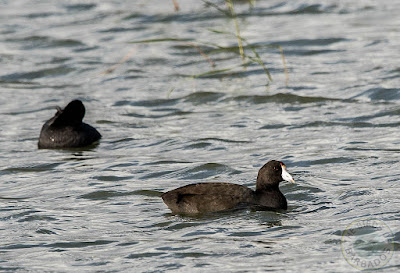
Little Egret is one of the birds seen during the GBBC
The annual Great Backyard Bird Count (GBBC) is Friday, February 17 through Monday, February 20. The GBBC was one of the first online projects to collect information on wild birds and was also instrumental in the creation of eBird back in 2002. Now there are more ways than ever to participate and share your love of birds!
If you’re new to birding, participate with Merlin: beginning bird admirers can participate in the GBBC using Merlin Bird ID—simply identify birds and save them with the app anytime February 17-20.
If you’re already eBirding, participate with eBird: go birding for at least 15 minutes anytime February 17-20, count all the birds you see or hear, and enter your observations via the GBBC website or eBird Mobile app. If you haven’t used eBird since the last GBBC, take the free eBird Essentials course for a refresher.
Below are some additional details about this weekend ... continue reading here






